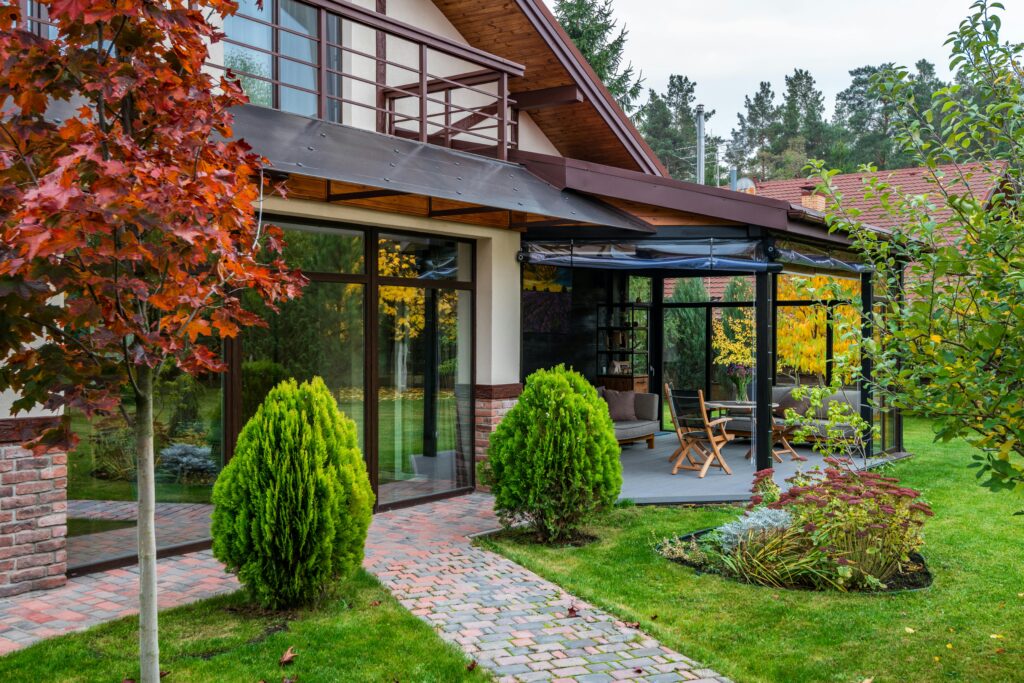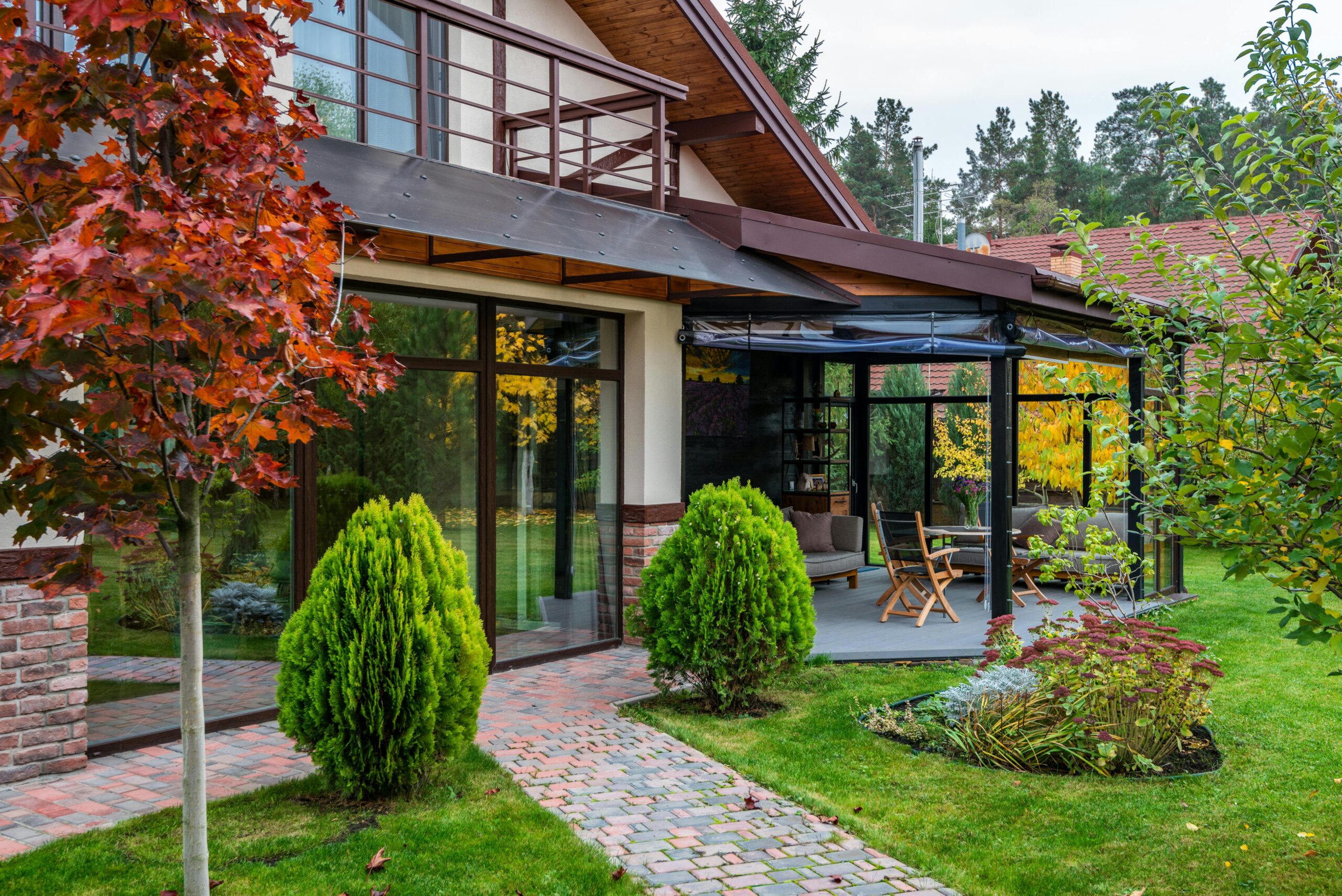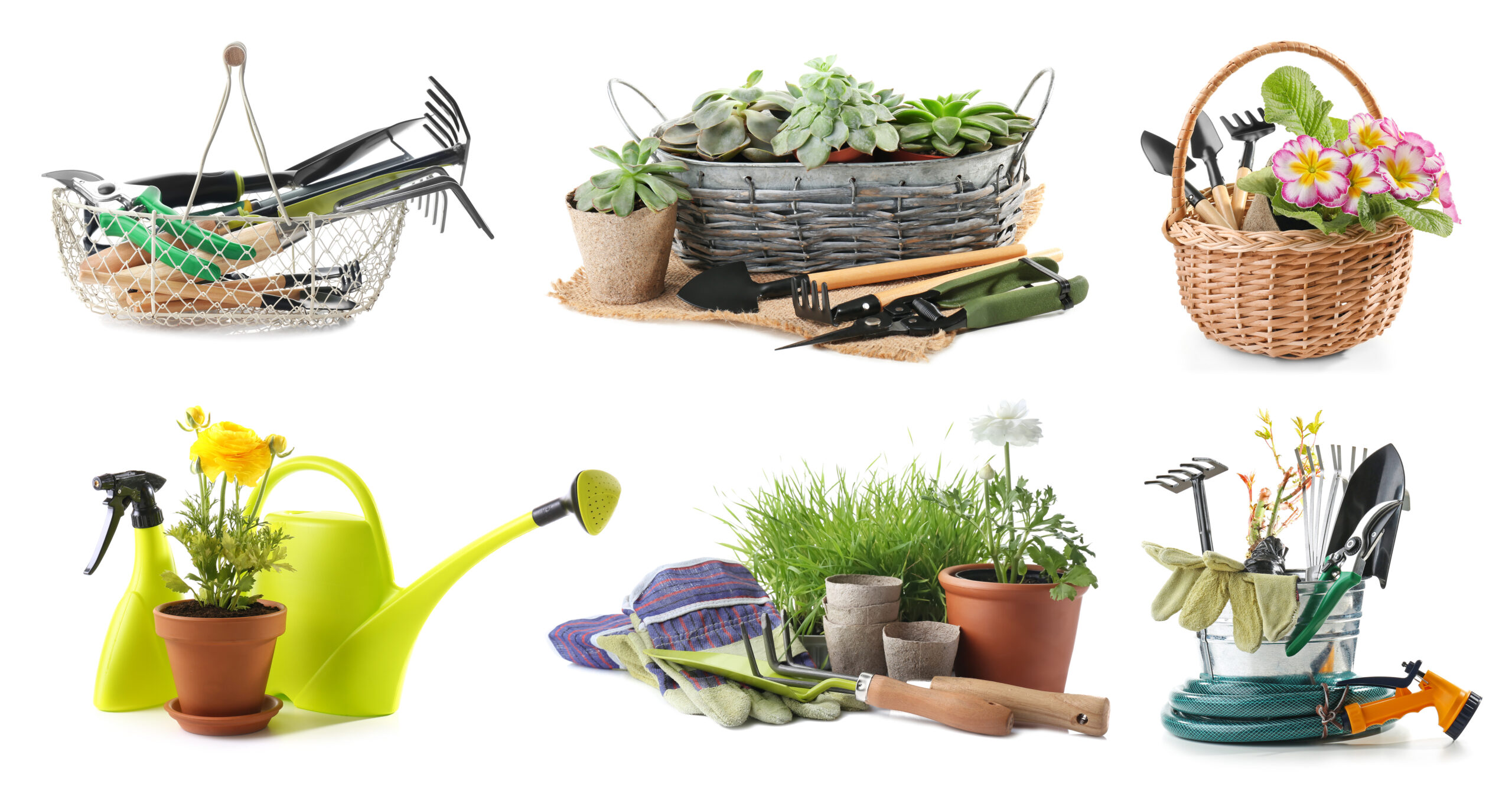
Understanding Space and Scale
The first step in designing your indoor garden is to understand the space available and the scale at which you’re working. Evaluate the natural light, humidity, and temperature of your intended garden area, as these factors will influence which plants will thrive. Consider the size of the plants at maturity, ensuring they’ll fit comfortably without overcrowding. Using varied plant heights can create depth and interest, making a small space feel larger and more dynamic.
Selecting a Theme or Style
Choosing a theme or style for your indoor garden can help unify the space and guide your plant and accessory selections. Whether you’re drawn to a lush tropical paradise, a serene succulent zen garden, or a vibrant mix of flowering plants, having a clear vision will make the design process smoother. Themes can also extend to the types of pots and decorations you use, creating a cohesive look that reflects your personal style.
Focal Points and Statement Plants
Every garden needs a focal point or a statement plant that draws the eye and anchors the space. This could be a large, exotic plant, a colorful flowering plant, or an interesting architectural piece. Focal points give the garden structure and can help guide the viewer’s gaze through the space, adding a sense of purpose to the design.
Balancing Diversity with Unity
While diversity in plant types, sizes, and colors can make your indoor garden visually interesting, it’s important to balance this with unity to avoid a cluttered or disjointed appearance. Repeating colors, textures, or shapes throughout the space can create a sense of harmony. Using pots in a consistent color or material can also unify the space, allowing the plants themselves to provide the visual variety.
Layering for Depth and Interest
Layering plants at different heights and depths can create a rich, full garden that invites exploration. Use shelves, hanging planters, and tall floor plants to achieve this effect. Incorporating plants with varying textures and leaf sizes adds to the depth, making the garden more visually appealing. Remember to consider each plant’s light and space needs when determining its placement in the layers.
Incorporating Movement
Plants that add movement bring an extra layer of interest to your indoor garden. Grasses or plants with delicate fronds that sway in the airflow can make the space feel alive and dynamic. The movement can catch the eye and add a soothing, natural element to the indoor environment.
Planning for Growth
When planning your garden, consider the growth habits and speeds of your chosen plants. Some plants may grow more quickly or spread wider than others, potentially overshadowing smaller, slower-growing varieties. Allow space for each plant to grow and consider how the garden’s appearance will change over time. This foresight can help you avoid having to make significant adjustments as the plants mature.
Regular Maintenance and Adaptability
An indoor garden is a living space that will evolve over time. Regular maintenance, including pruning, repotting, and replacing plants, is essential to keep the garden looking its best. Be prepared to adapt your design as plants grow or as you introduce new plants to the collection. This flexibility allows your garden to remain dynamic and engaging, reflecting the ever-changing beauty of nature.
Designing your perfect indoor garden involves a blend of artistic creativity and practical considerations. By applying these garden design principles, you can create a space that not only looks beautiful but also provides a conducive environment for your plants to thrive. Whether you’re creating a peaceful green retreat or a vibrant botanical display, thoughtful design will ensure your indoor garden is a source of joy and pride for years to come.



